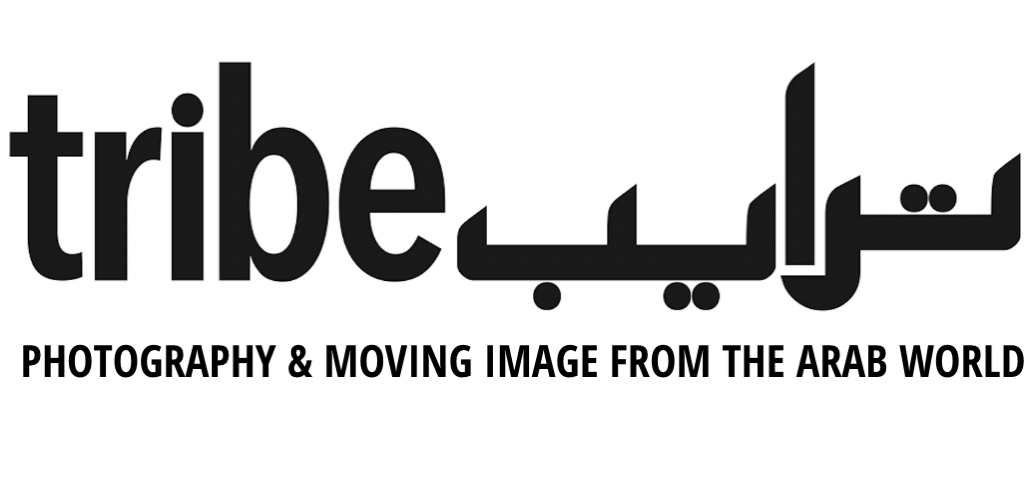Bashar Alhroub: Here & Now
Blending into the surroundings
Bashar Alhroub, #1 from the series Here & Now (2010), Archival pigment print. Courtesy of the artist.
With text by Bekriah Mawasi, photographer, linguist and art enthusiast.
In his photographic series Here & Now (2010), Bashar Alhroub plays the role of himself as a figure whose head is boxed in a cube made of, seemingly, five plain mirrors. Although all of them were photographed at daytime while taking advantage of the approximate intensity of light, each one of these photographs occurs in a different spot. The title of the series refers to time, the very moment of witnessing each position and each reflection while the camera shutters. At the same time, it refers to place, the actual presence on this spot, this land, this city, this continent.
The photographs show landscapes interrupted by a character whose head sinks into blackness (the unseen side of the mirror) and unheard soliloquies, sometimes on the verge of invisibility as he blends in with the surroundings: his head suddenly transforms into crispy leaves. Using a mirrored cube, the artist suggests a variety of possibilities. The viewer is rarely exposed to the multi-faced character, who is destined to reflect upon the surroundings. Alhroub says that the series 'deals with personal vulnerability and an experience of existential anxiety strongly associated with issues such as religion, nationalism, conflict and identity construction. It looks for meaning not in the individual sign but in the context of exile and fragmentation'.
As the reflections on the mirror vary, it is simpler for the viewer to divide them into two categories: The reflections from the homeland, and the reflections of neutral foreign scenery and brick architecture that come into sight elsewhere. One unavoidably recognizes the Palestinian landscape through the reflection of the olive trees and the orchard behind the cube; and hereby questions the mythical representation of this historic tree which is common in the Mediterranean. Survival and a sense of security are depicted here.
Anxiety and distress are expressed bluntly in the photographs, showing medium close-up portraits of the figure as if he were covering his face with different masks: We see him containing a monument in a public space as a soldier leaning on a rifle; we see him absorbing a red traffic lamp; we see him 'staring at' construction metals; and we see him reflecting mountains. Thus, raising the questions: Is he trying to embody the visibility granted to the monument in an open space? Is he about to make a decision or to give instructions? Is he constructing an identity and asserting his right for self-determination? And where is he headed? Could it be beyond these mountains? What will happen when he reaches the borders that shaped historical Palestine into its current state as an archipelago?
Unknowingly, Lacan's Looking-Glass Phase is presented here as a tool rather than an experience. The viewer cannot read any expressions in the faceless mirrors as they are not available. The mirror is usually an encounter with the self where subjectivity emerges and can easily break. In Alhroub's series, the mirror is the encounter with the surroundings that trap him, and which, can easily break. He suggests through the mirror motif the implicit threat on his existence. A mirror is a vicious weapon once shattered; and its numerous pieces create multiple images.
On can claim the photographs taken in nature show harmony although the figure lies down on the earth surrounded by ephemeral greenery or earthy surfaces whose colors change periodically. The placement of the mirror head and the challenge it presents to the eye while fragmenting the scene, by an incidental rectangle-shaped mirror image, forms a collage. The choice to stretch out the body on the earth highlights as inevitable sense of belonging and invites contemplation. We never see the reflection of the endless sky; yet we see limited frames instead. My imagination forces me to think; What if we saw the figure in motion? I imagine it to be chaotic.


